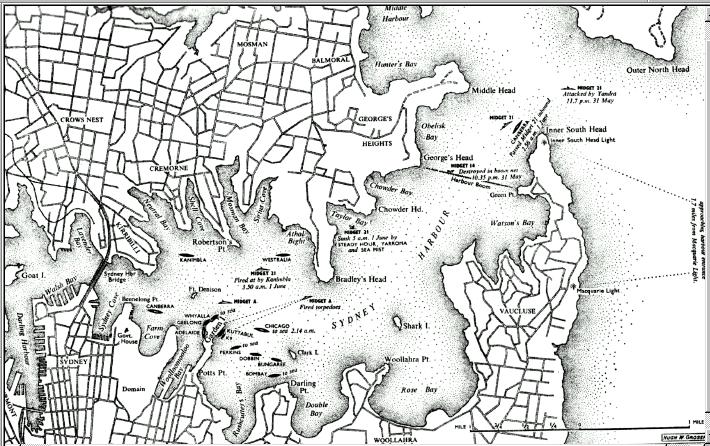
© 2003 David Kennedy

The warning, from Acting Commander Harvey Newcomb to the Commodore-in-Charge, Sydney, Gerard Muirhead-Gould, is in a document unearthed as veterans campaign for a place for Australian-manned British X-craft midget submarines in the Australian War Memorial at Canberra, which has a Japanese craft on display. Newcomb, a Royal Navy officer, was sent from the UK in late 1938 to start the little-known Anti-Submarine Establishment at Edgecliff, on Sydney Harbour, as war clouds gathered and the British prepared to defend important commonwealth ports against U-boat attack.
Newcomb was serving in the experimental technology anti-submarine HMS Osprey in British waters when the chance to go to Sydney arose. He wrote of being warned by an Australian that he'd "need to be a commander to get the job done". He was appointed acting commander before leaving to head the Sydney facility, to become HMAS Rushcutter.
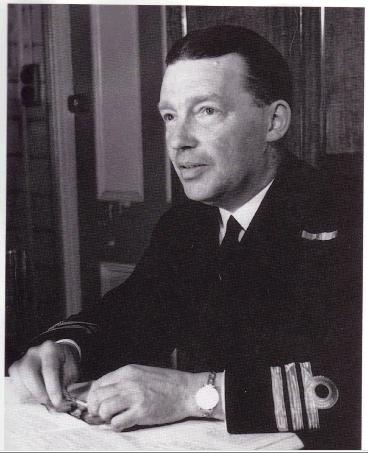
The Sydney Harbour defences by 1942 included six indicator loops - cables up to thousands of metres long laid on the seabed to record electronically on shore the passage of a submarine or ship over them - covering a wide arc outside Sydney Heads. There was another loop between the Heads and yet another further in.
The loops, controlled from a facility at South Head, were backed up by a nearly completed anti-submarine and torpedo net boom that was opened and closed by tenders to let vessels through between Georges Head and Green Point.
Newcomb wrote on January 20, 1942: "I am not satisfied that an efficient I/L (indicator loop) Watchkeeping scheme is being carried out at South Head." He requested that "instructions be issued for a watch-keeping scheme" that included that "one officer is always to be in the Loop Control Room'' and be "relieved for meals by a stand-by'' officer. "At night the Duty Loop Watchkeeping officer may sleep dressed in the compartment above the Loop Control Room'', he wrote. "Two ratings are always to be on watch. Only one rating may leave the control room at any time to attend motor generators etc.''
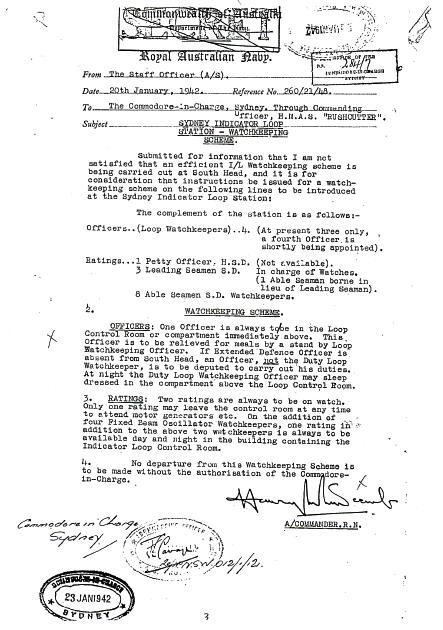
The letter was written to stress the gravity of the wartime situation, six weeks after Pearl Harbor was attacked by five Japanese midget submarines, three of which were sunk by US warships, as well as the aircraft. Muirhead-Gould, also Royal Navy, was promoted to Rear-Admiral in March but retained his responsibilities for Sydney Harbour.
On May 30, three Japanese midget subs attacked Diego Suarez in Madagascar, damaging the British battleship Ramillies and sinking the tanker British Loyalty, a day after the warship had been circled by an enemy reconnaissance plane.
At 4.20am on May 30, an unidentified aircraft - in fact a spotter plane from a Japanese mother submarine - circled the US heavy cruiser Chicago at Sydney Man-of-War anchorage near the Harbour Bridge and inspected the RAN heavy cruiser Canberra at Farm Cove. The US destroyer Perkins, Australian light cruiser Adelaide and the armed merchant cruisers Kanimbla and Westralia were also in port. The Australian Official History of World War II says that Sunday evening, May 31, was "dark and cloudy''. It says there were "outer and inner indicator loops at the Heads, but the first mentioned were out of action''. A flotilla of five large Japanese submarines released three midgets, officially off The Heads, but the chart drawing represents the mother subs off Broken Bay.
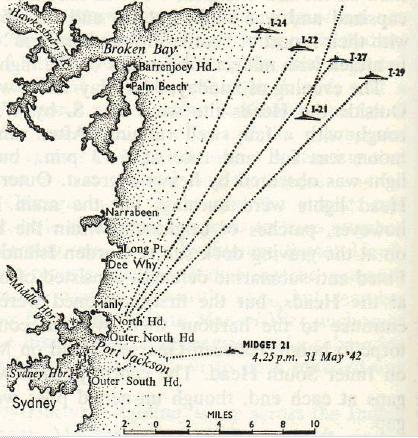
The Official History, by journalist and intelligence officer G. Hermon Gill says: "The signature of an inward crossing was recorded on an indicator loop at 8pm. It was made by Midget No 14, from I-27, but at the time, owing to the ferry and other traffic over the loops, its significance was not recognised.''

The Official History says it was 15 minutes later that "a Maritime Services Board watchman sighted a suspicious object caught in the anti-torpedo net'' and "investigated it in a skiff'' before reporting it to patrol boat Yarroma "about 9.30''.
Yarroma reported a "suspicious object'' at 9.52. She did not approach it, fearing "a magnetic mine'' but "sent a stoker across in the Maritime Services skiff'' at 10.20. He called out that the object was "a submarine'' and it was "at 10.30'' - two-and-a-half hours after the indicator loop alert - that "Yarroma signalled to Sydney naval headquarters: "Object is submarine. Request permission to open fire'.'' Five minutes later "demolition charges in Midget No 14'' fired by its crew destroyed the craft.
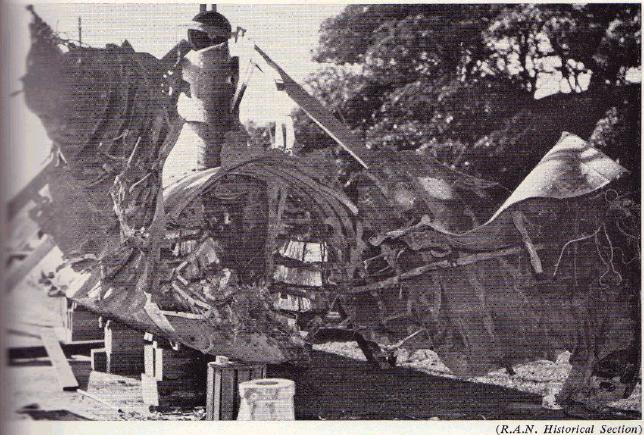
"Meanwhile at 9.48, another inward crossing, again taken as of no special import, was recorded on the indicator loop,'' the Official History says of Midget A from I-24. General alarms were sounded at 10.27pm, for the "suspicious object'' and at 10.36 - by Muirhead-Gould as Naval Officer-in-Charge - for the confirmed submarine. About 10.50, Chicago, preparing to head out to sea, "sighted a submarine periscope (apparently that of Midget A) about 500 yards distant''. Lit by Chicago searchlights, and with pom-pom tracer fire "falling all round it'' the midget sub steered towards the Harbour Bridge and the Garden Island "dockyard motor boat Nestor, which had to alter course to avoid'' it.
While the firing was going on, Midget No 21, from I-22, "was entering the Heads. She did not at this time reach the effective loop, so no loop indicator signature was then recorded by her''. At 10.52 the sub's conning tower was spotted by "the naval auxiliary patrol boat Lauriana, on duty in the loop area with Yandra''. The auxiliary anti-submarine vessel Yandra tried to ram the midget then depth-charged it. "Submarine was not seen after explosions.''
At 11.30, three-and-a-half hours after the overlooked Midget No 14 signal on the loop, the depot ship Kuttabul, a converted harbour ferry, was blown up by "one of two torpedoes which, fired at Chicago by Midget A from the direction of Bradley's Head, passed under the Dutch submarine K9, and struck the harbour bed beneath Kuttabul, where it exploded''. Eighteen to twenty men were killed with one listed missing feared dead on the Kuttabul which was being used as an accommodation vessel, amid varying reports of the number who were on board.
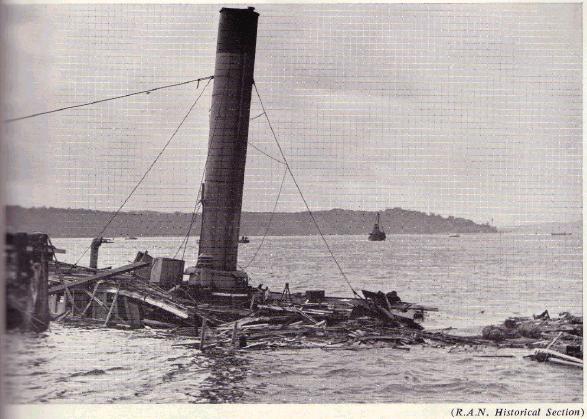
An indicator loop reading at 1.58 am was judged later to be Midget A leaving the harbour, to disappear off-shore. The last, at 3.01 am, was presumed to be Midget 21 "making a belated entry after recovering from the depth-charge battering she had received from Yandra four hours earlier''.
Midget 21 was sunk in Taylor Bay at 5am in depth-charging by Yarroma, and fellow-patrol boats Steady Hour and Sea Mist. A composite of midgets 21 and 14, sunk at the net, was fashioned and displayed in a 4000km truck journey from Sydney to Melbourne, Adelaide and Canberra, where it was installed in the War Memorial in April, 1943. Retired Commodore Allen Dollard, who was a lieutenant in HMAS Australia at sea on the night of the attack, says the flaws in the harbour defence had not been suspected generally because of the secrecy of the anti-submarine operation.
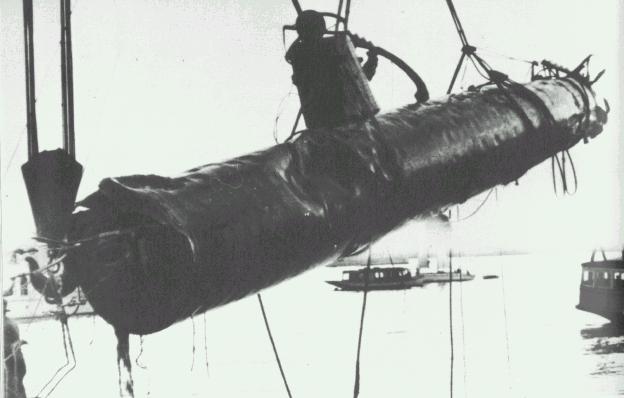
The midget of greatest popular exploit, attacking Chicago, that of Sub-Lieutenant Katsuhisa Ban, also had perhaps the most mysterious end. The official historian privately noted that it might have been sunk in Taylor Bay but it should have been found. David Jenkins writes in "Battle Surface!" that, after interveiwing members of the Japanese Midget Submarine Association, it appears that Ban made it out of the harbour but decided, as planned among the submariners before the mission, not to endanger the mother subs waiting off southern Sydney. He concludes that Ban headed directly out to sea and scuttled, going down with the boat. But did M-24, located in 2006 some 5 nautical miles north of The Heads, try to escape north to where its mother was actually waiting rather than the official meeting point to the south off Botany Bay? Or was it leading potenial pursuers in the wrong direction or having control problems?
The boat on display at the Australian War Memorial in Canberra is a composite of the two found in the harbour. The four recovered bodies were given a military funeral and their ashes sent to Japan later that year in an exchange of personnel. The mother submarines, released from responsibility for their midgets, proceeded to try to disrupt shipping, with the first success by I-24. While recharging her batteries about 27 miles east of Sydney on the night of June 3, she torpedoed the 4800-ton coaster Iron Chieftain, which sank in five minutes with the loss of 12 lives.
The pride of place of the Japanese midget is acknowleged as legitimate by veterans of the Australian submarine and anti-submarine services but they are pressing for a display featuring models of British X-craft in which many Australians served because of their training in those areas. Of six X-craft that took part in the operation that disabled the German battleship Tirpitz, consort to Bismarck, in a Norwegian fiord in September 1943, three were commanded by Australians and two had Australian divers. Australians in X-craft later attacked shipping in Norway's occupied Bergen harbour, reconnoitred Normandy beaches before the invasion, struck at communications cables off the Mekong River and Hong Kong and mined the Japanese cruiser Takao in Johore Strait. The submarine cable attacks forced the Japanese to make more use of wireless, allowing codebreakers to assess whether Japan would surrender without the atomic bomb being dropped.
Australian Anti-Submarine Officers' Association representative Ray Worledge says that "By the war's end, Australians in X-craft had won two DSOs, four DSCs and a US Bronze Star Medal. Sadly three Australians lost their lives. Compared with the Japanese record, the British X-craft had achieved very important success, and had shown that it was possible to strike targets and return safely to base. But while visitors to the Australian War Memorial in Canberra are able to study a well-constructed Japanese midget submarine, they will look in vain for a tribute to the Australian sailors who achieved so much in the British counterparts. This is surely a great pity.''

